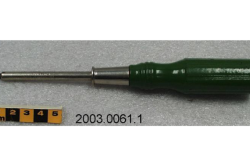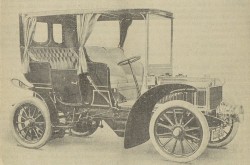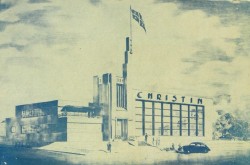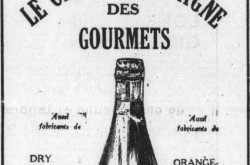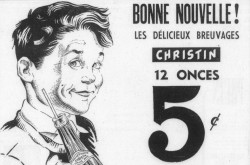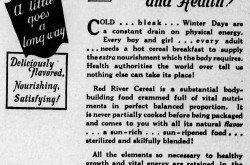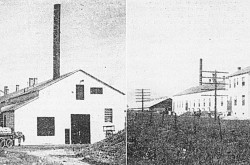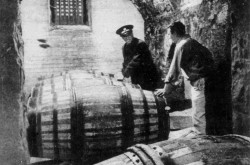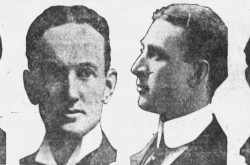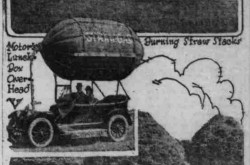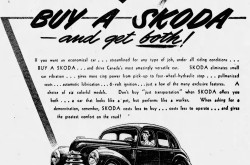The Discovery of Kerosene
This article was originally written and submitted as part of a Canada 150 Project, the Innovation Storybook, to crowdsource stories of Canadian innovation with partners across Canada. The content has since been migrated to Ingenium’s Channel, a digital hub featuring curated content related to science, technology and innovation.
An Invention Brought to Light
For thousands of years prior to Abraham Gesner’s discovery, people had used oil lamps to light their way. Like many primitive products, though, oil had its downfalls. The flame produced in oil lamps wasn’t very bright and the oil used would go bad after being stored for a while.
Gesner sought a fix. By distilling coal, he produced a clear liquid. When this liquid was placed in a lamp with a wick, it burned cleaner and much brighter than oil. He dubbed the liquid kerosene, derived from the Greek word “keroselaion” meaning “wax oil”.
By 1850, Gesner founded the Kerosene Gaslight Company and established a lucrative business installing lighting in the streets of Halifax and other surrounding areas. Kerosene lamps were used everywhere to light homes, trains and even ships. Stoves and heaters powered by kerosene became household items. Those who worked outside could use the lamps to light their work at night, extending their hours and increasing efficiency.
Just four years later in 1854, his business became popular enough to expand to the United States in Long Island, New York. His product became so popular that his companies were unable to meet the demand of its customers. But, when a Polish chemist discovered that kerosene could be more easily produced from petroleum, their problem was solved.
Kerosene eventually began to get taken over by electricity, but up until the 1940s it was still used widely in rural parts of the country. And, in many developing parts of the world kerosene is still the lighting fuel of choice.
The Beginning
Abraham Gesner was born on a large farm in Cornwallis, Nova Scotia.
After attempting a career at sea and ending up shipwrecked twice in his twenties, he decided that a job on shore would be most suitable. Gesner returned to his family farm he went on to start an education. In 1824, he went to London to study medicine at St. Bartholomew’s hospital and surgery at Guy’s Hospital.
During his medical studies he developed an interest in geology, which would foreshadow the coming of his world-changing discovery.
Late Life
Gesner continued to research fuels late into his life, writing a number of scientific studies about the industry. He was eventually given the job as professor of natural history in 1863 at Dalhousie University in Halifax.
He died shortly after in April of 1964. Abraham Gesner was honoured in 1969 by the Historic Sites and Monuments Board of Canada with a monument to him in front of his former home in Chipman Corner, Nova Scotia.



![Champlain and St. Lawrence Railroad Company lamp and trainman's torch Source: Ingenium [CN002052]](/sites/default/files/styles/large_1/public/2019-06/CN002052-1.jpg.webp?itok=pce0YFqF)

![Radio, Receiver Source: Ingenium [Artifact no. 2001.0320.001]](/sites/default/files/styles/thumbnail_7/public/2019-06/radio1.png?h=bb5d882f&itok=Zk95qLNH)
